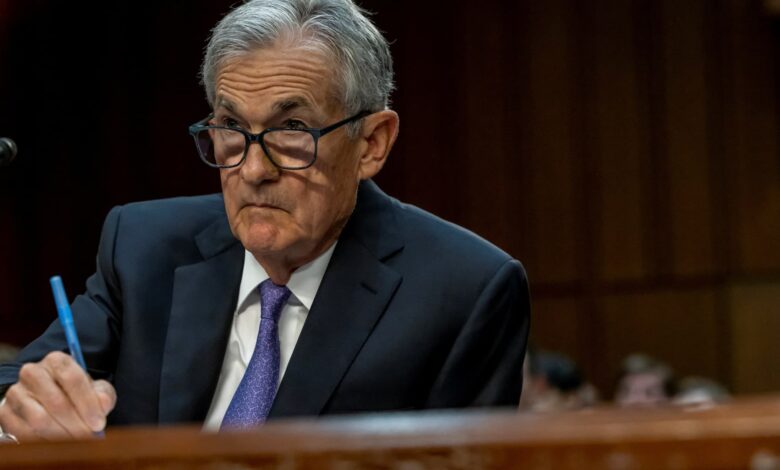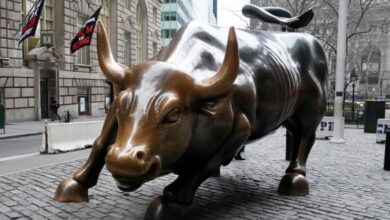Markets see three rate cuts by year-end after better inflation news

News of improving inflation has once again raised investors’ hopes that the Federal Reserve will soon begin cutting interest rates aggressively. After the Commerce Department reported on Friday that the annual inflation rate as measured by the Fed’s preferred gauge had fallen to 2.5%, traders have increased the odds of not only the first rate cut in more than four years in September but also a series of cuts later in the year. Futures prices now suggest that while the Fed will hold steady at its policy meeting next week, it will begin cutting in September and continue cutting in November and December. The core personal consumption expenditures, or PCE, price index, which the Fed uses more closely to guide policy and excludes food and energy, rose slightly to 2.6%. “Investors are now fully pricing in 25 basis point rate cuts in September and December with the possibility of sharper cuts at the November and January meetings,” Joseph Brusuelas, chief economist at RSM, said in a commentary after the PCE release. “If that forward-looking market data holds, such a move would imply a full 100 basis point cut in the federal funds rate from its current range of 5.25% to 5.5% to 4.25% to 4.5% over the next 180 days,” he added. According to the CME Group’s FedWatch Tool, which tracks federal funds futures prices, the market probability of a September cut rose to about 90% on Friday morning. Traders continue to price in a 67% chance of a cut in November — that month’s meeting begins the day after the presidential election — and a 64% chance for December. January is still seen as less than 50%. Fed funds futures have been an unreliable guide to the Federal Open Market Committee’s decisions this year. Traders have priced in at least six cuts this year by early 2024, but the central bank’s rate-setting group is expected to hold steady for a year. Officials have shown more of a cut bias in recent days, however. In congressional testimony earlier this month, Fed Chairman Jerome Powell cautioned about the risks of keeping rates too high for too long and said additional good inflation data would “strengthen our confidence” that a cut is appropriate. Governor Christopher Waller echoed those comments, saying the Fed is “getting closer” to easing. After the two-day meeting ends next Wednesday, the Fed’s August calendar remains largely empty, with the exception of the all-important annual closed-door meeting in Jackson Hole, Wyoming. Fed chairmen traditionally use the recess to deliver key policy speeches.




